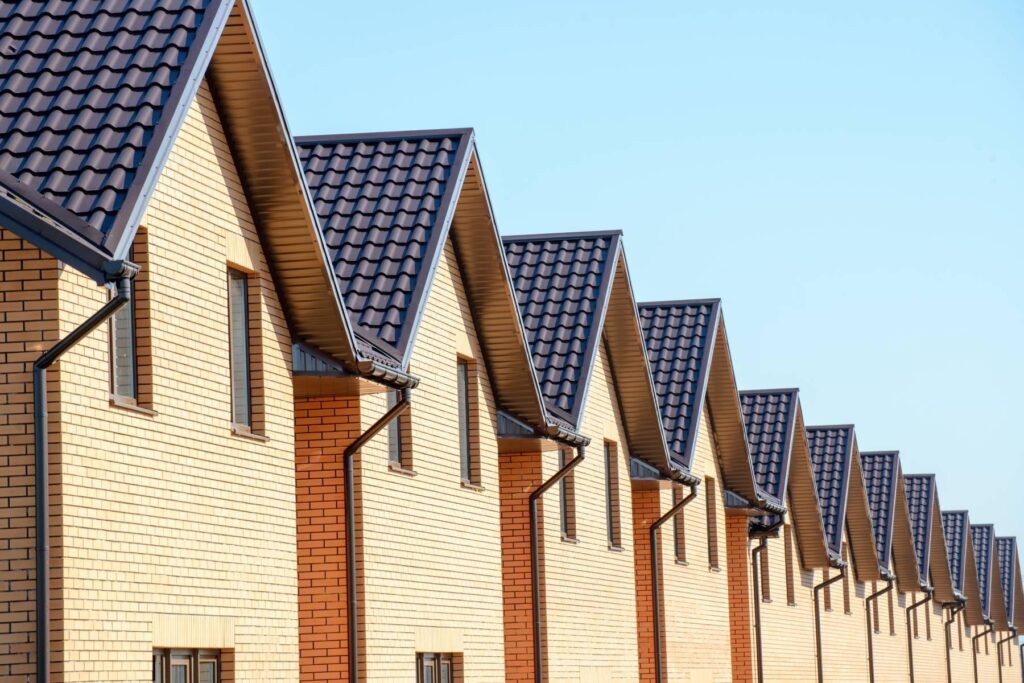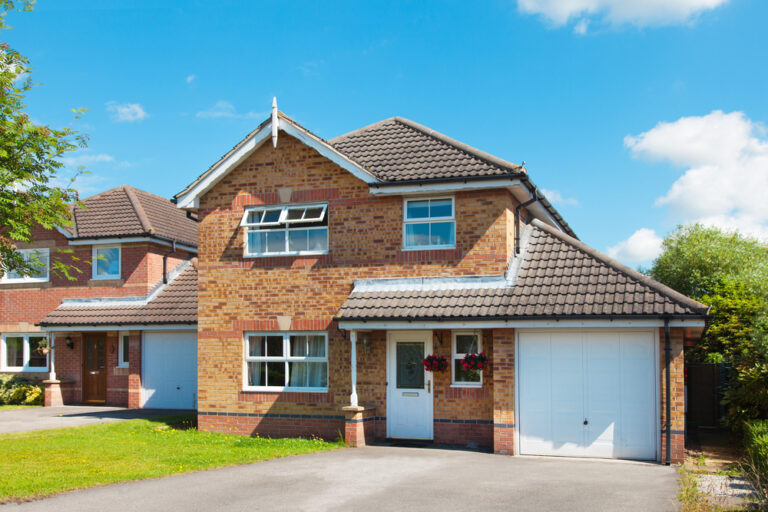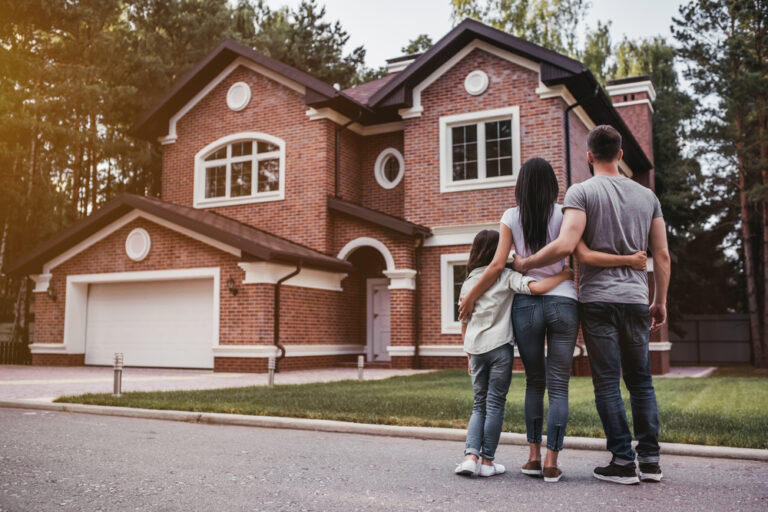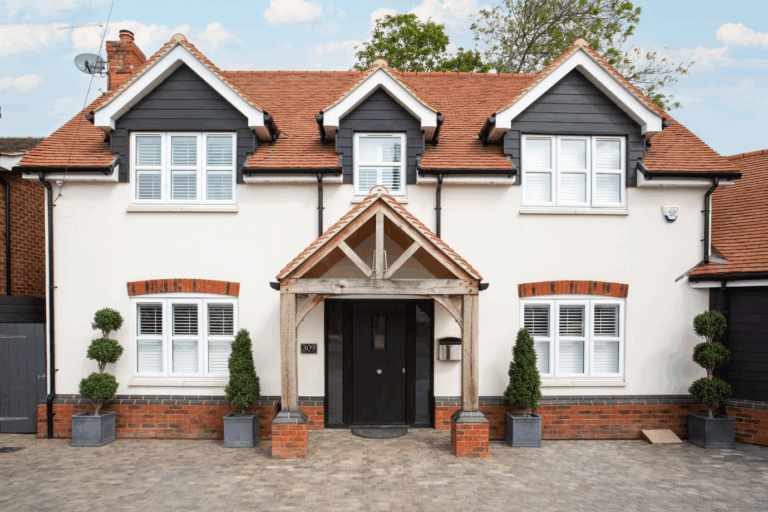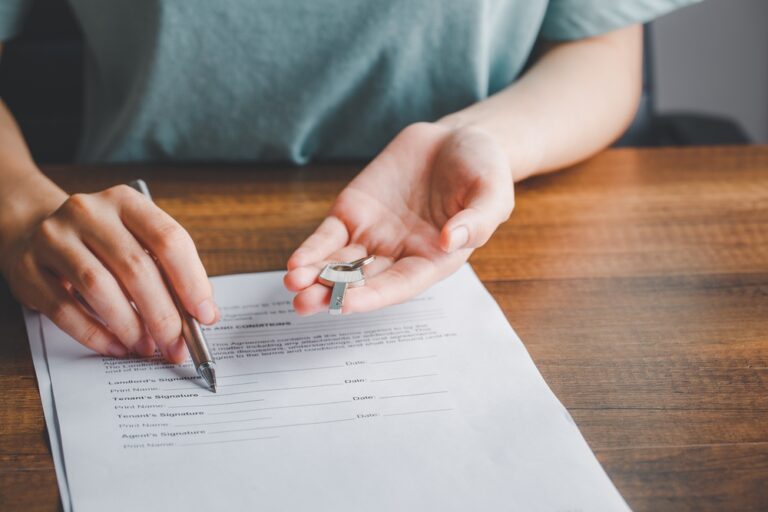The First Homes scheme is the latest government home buying programme for first-time buyers.
Here, we’ll explain everything you need to know about the scheme, how it works and who is eligible…
What is the First Homes scheme?
The government’s First Homes scheme aims to help first-time buyers get on the property ladder by offering new-build homes that are discounted by at least 30%.
The scheme was launched in June 2021, with some properties expected to be available to buyers before the end of the year.
There’s no application process for the scheme, so you should keep an eye on new-build developments near you and speak to developers about their plans to sell First Homes properties.
Who is eligible for the First Homes scheme?
Only first-time buyers are eligible to buy properties sold under the scheme, with key workers and military veterans likely to be given priority.
As well as being a first-time buyer, you must:
• Both be first-time buyers if you’re buying with someone else
• Have an annual household income of no more than £80,000 (£90,000 if you’re buying in London)
• Have a mortgage that covers at least 50% of your property’s purchase price
Who qualifies as a first-time buyer?
A first-time buyer is someone who has never owned a property before.
That includes buying a home or a property to rent out or inheriting a property.
To qualify for the First Homes scheme, you must be classed as a first-time buyer and anyone you’re buying with must be, too.
What key workers are eligible for the First Homes scheme?
The government is likely to give key workers and military veterans priority to buy properties that are marketed under the First Homes scheme.
Those key workers could include:
• Medical professionals, including nurses and doctors
• Emergency service workers like police and firefighters
• Delivery drivers and supermarket staff
• Teachers and education professionals
• Members of the armed forces
First Homes scheme price caps and selling rules
Properties sold under the First Homes scheme will have their purchase prices capped at £250,000 (£420,000 in London) to help ensure the properties are available to those who need them most.
The price caps apply after any discount is applied.
So, for example, a property with a valuation of £320,000 could be sold for £224,000 with the scheme’s standard 30% discount applied.
If you buy a property under the scheme, the discount you receive has to be reapplied if you ever sell up, to ensure future generations continue to benefit from the reduced prices.
For example, if you purchased that same £320,000 property for £224,000 under the scheme and then came to sell it five years later after a new valuation of £330,000, you’d have to apply the same 30% discount and market it for an asking price of £231,000.
Your buyer must also meet the First Homes eligibility criteria.
Pros and cons of the First Homes scheme you should consider
| Pros of the First Homes scheme | Cons of the First Homes scheme |
| You can buy a new home discounted by at least 30% | You have to reapply the discount if you sell, making it harder to build equity |
| You may be able to buy in your local area, rather than moving away to find cheaper properties | New-build properties can sometimes carry premium prices, meaning the discount you receive may not be as attractive as it looks |
| You may be able to buy with a smaller deposit and mortgage | You can only buy a new-build home, with existing properties not included in the scheme |
Other first-time buyer property schemes
The First Homes scheme is the latest programme from the government aimed at helping first-time buyers purchase a home.
But other schemes are also available, too…
Shared Ownership
Under the Shared Ownership scheme, you purchase a share in a property, usually between 25% and 75%, and pay rent on the share you don’t own.
The rent you pay is reduced compared with market prices and you can purchase additional shares in your property, which is known as ‘staircasing’, in order to reach 100% ownership.
Shared Ownership is open to first-time buyers, but also existing homeowners who are unable to afford the property they need in the area they wish to buy.
Help to Buy equity loans
Equity loans under the Help to Buy scheme are only available to first-time buyers and cover up to 20% of their deposit.
You then provide a 5% deposit along with your 20% equity loan and secure a 75% mortgage on the remaining portion of your purchase price.
Equity loans are interest free for five years, but they follow the value of your property – which means if it goes up, you’ll pay back more.
Find out more: Everything you need to know about equity loans and Shared Ownership
The 95% mortgage guarantee scheme
Mortgage lenders are being encouraged to offer more home buying loans to those who only have a 5% deposit.
The government is guaranteeing a portion of each 95% mortgage offered by some lenders, giving them some added security and providing more options for first timers to get on the ladder.
Find out more: Can you get a 95% mortgage?
Further reading…
• Top tips for buying a new-build property
• 10 easy DIY jobs you can do as a homeowner
• Everything you need to know about the 95% mortgage guarantee scheme
